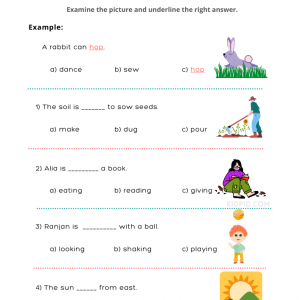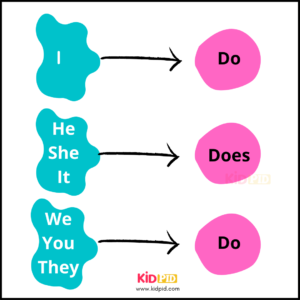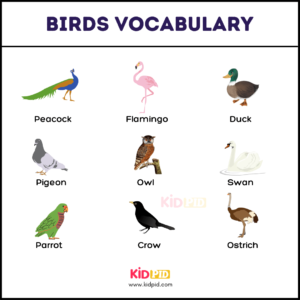Activity › Discussion › Science & Technology › Photosynthesis
Tagged: Chlorophyll
-
Photosynthesis
Posted by Vinamra on June 23, 2023 at 10:15 pm-
How does the process of photosynthesis work in plants? Explain the role of chlorophyll in this process.
Atrayee replied 11 months ago 3 Members · 2 Replies -
-
2 Replies
-
::
Photosynthesis is the process by which green plants, algae, and some bacteria convert sunlight, carbon dioxide, and water into glucose (a form of chemical energy) and oxygen. It is a vital process for the production of food and oxygen on Earth.
The process of photosynthesis can be divided into two stages: the light-dependent reactions and the light-independent reactions (also known as the Calvin cycle).
- Light-Dependent Reactions:
These reactions occur in the thylakoid membranes of the chloroplasts, which are the specialized organelles in plant cells where photosynthesis takes place. The key components involved are sunlight, water, and chlorophyll. Here’s how it works:
- Sunlight (solar energy) is absorbed by chlorophyll, a pigment molecule present in chloroplasts. Chlorophyll is responsible for the green color of plants.
- The absorbed sunlight energy excites electrons in chlorophyll, raising them to a higher energy level.
- Water molecules (H2O) from the plant’s roots are split through a process called photolysis. This releases electrons, protons (H+ ions), and oxygen. The oxygen is released as a byproduct, which is vital for sustaining life on Earth.
- The excited electrons from chlorophyll are transferred through a series of electron carriers, creating an electron transport chain.
- As the excited electrons pass through the electron transport chain, their energy is harnessed to pump protons (H+ ions) from the stroma (fluid inside the chloroplast) into the thylakoid space, creating a proton gradient.
- The proton gradient drives the synthesis of ATP (adenosine triphosphate), a molecule that stores chemical energy, through a process called chemiosmosis.
- At the end of the electron transport chain, the electrons are transferred to an electron acceptor molecule, which then receives electrons from a water molecule, regenerating its supply.
- Light-Independent Reactions (Calvin Cycle):
These reactions take place in the stroma of the chloroplast and utilize the products (ATP and NADPH) generated in the light-dependent reactions. Carbon dioxide (CO2) is the key input for this stage. Here’s how it works:
- Carbon dioxide from the atmosphere enters the plant through small openings called stomata and diffuses into the chloroplast.
- The enzyme RuBisCO (ribulose-1,5-bisphosphate carboxylase/oxygenase) combines carbon dioxide with a five-carbon compound called RuBP (ribulose-1,5-bisphosphate) to produce an unstable six-carbon compound, which quickly breaks down into two molecules of PGA (3-phosphoglycerate).
- ATP and NADPH generated during the light-dependent reactions provide the energy and reducing power required for the conversion of PGA into a three-carbon sugar called G3P (glyceraldehyde-3-phosphate).
- Some G3P molecules are used to regenerate RuBP, while others are used to synthesize glucose and other organic compounds.
- Glucose serves as the primary energy source for the plant and can be stored as starch or used for various metabolic processes.
In summary, chlorophyll plays a crucial role in photosynthesis as it absorbs sunlight, initiating the process by which light energy is converted into chemical energy. It acts as a catalyst for the light-dependent reactions, capturing light and transferring the energy to the plant’s biochemical processes. Without chlorophyll, plants would not be able to convert sunlight into usable energy through photosynthesis.
- Light-Dependent Reactions:
-
::
Photosynthesis is the process by which p[lants make their own food (which is some sugars like glucose) using water brought in by roots, carbon dioxide from the air which is taken in through the stomata which are microscopic holes on the underside of a leaf and sunlight, which is harnessed by a pigment in the leaves called chlorophyll which is responsible for the green colour.
Step 1: Sunlight is the primary source of energy for photosynthesis. When sunlight reaches the leaves of a plant, it is absorbed by special structures called chloroplasts, which contain a pigment called chlorophyll.
Step 2: Chlorophyll, the green pigment found in chloroplasts, plays a crucial role in capturing sunlight. It absorbs light energy from the sun, primarily in the red and blue regions of the electromagnetic spectrum.
Step 3: As the chlorophyll captures light energy, it triggers a series of chemical reactions within the chloroplasts. These reactions are facilitated by enzymes and other molecules.
Step 4: Carbon dioxide, a gas present in the air, enters the plant through tiny openings on the leaf surface called stomata. The carbon dioxide molecules diffuse into the cells containing chloroplasts.
Step 5: At the same time, plants absorb water from the soil through their roots. Water is then transported through the plant’s vascular system to the leaves, where it reaches the cells containing chloroplasts.
Step 6: Within the chloroplasts, the energy from sunlight, together with carbon dioxide and water, powers a set of reactions known as the Calvin cycle or dark reactions. These reactions occur in the stroma, a gel-like substance within the chloroplasts.
Step 7: During the Calvin cycle, carbon dioxide molecules are converted into sugars, such as glucose. This process requires energy from sunlight and the assistance of enzymes and other molecules. The resulting sugars serve as the plant’s food source.
Step 8: Alongside sugar production, oxygen gas is released into the air as a byproduct of photosynthesis. This oxygen is crucial for supporting the respiration of other organisms, including humans and animals.
In summary, photosynthesis is a series of chemical reactions where sugars are produced, providing energy for the plant’s growth and development. Additionally, oxygen is released into the atmosphere, ensuring the survival of various organisms.
 Objects in the Kitchen Handdrawn Flashcard Sheets
Objects in the Kitchen Handdrawn Flashcard Sheets  Number Hunt Coloring Preschool Worksheets
Number Hunt Coloring Preschool Worksheets  General Full Forms List for Students
General Full Forms List for Students  Synonyms for 'VERY'
Synonyms for 'VERY'  Grouping Common Nouns English Worksheet
Grouping Common Nouns English Worksheet  Animal Description Writing Worksheet
Animal Description Writing Worksheet  Pronunciation Silent Letters in English
Pronunciation Silent Letters in English  Underline Action Verbs Printable Worksheets for Grade 1
Underline Action Verbs Printable Worksheets for Grade 1  Basic Grammar Rules
Basic Grammar Rules  American Sign Language Flashcards
American Sign Language Flashcards  Birds Name With Pictures
Birds Name With Pictures  Identification of Pronouns Worksheets for Grade 2
Identification of Pronouns Worksheets for Grade 2